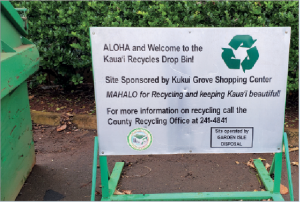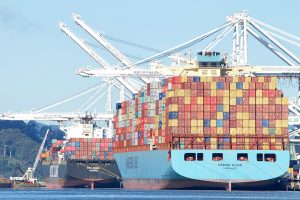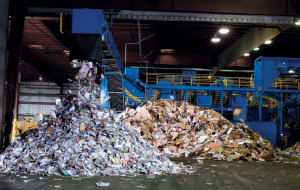
 Kauai is known as the Garden Island, so named for its impressive array of green space. But the Hawaiian island’s “green” association is also visible in its robust recycling efforts.
Kauai is known as the Garden Island, so named for its impressive array of green space. But the Hawaiian island’s “green” association is also visible in its robust recycling efforts.
 This story has been updated.
This story has been updated.
The Indian government says it will ban scrap plastic imports, a move that threatens to further disrupt the U.S. recycling industry by closing a growing market.
 A coffee capsule company will spend more than $1 million to allow for curbside recycling of its single-use packaging in New York City.
A coffee capsule company will spend more than $1 million to allow for curbside recycling of its single-use packaging in New York City.
 Regulators have given final approval to a carpet stewardship roadmap in California, marking a milestone in an ongoing, years-long dispute with the carpet industry.
Regulators have given final approval to a carpet stewardship roadmap in California, marking a milestone in an ongoing, years-long dispute with the carpet industry.
 Stories touching on OCC markets, a mixed-plastic outlet, paper mill fire, hauler earnings and packaging stewardship drew readers’ attention last month.
Stories touching on OCC markets, a mixed-plastic outlet, paper mill fire, hauler earnings and packaging stewardship drew readers’ attention last month.
 A Pacific Northwest paper mill will significantly increase its OCC consumption, and a 100 percent recycled fiber end user is building a new manufacturing facility for paper packaging products.
A Pacific Northwest paper mill will significantly increase its OCC consumption, and a 100 percent recycled fiber end user is building a new manufacturing facility for paper packaging products.
 The world’s largest retailer has announced a handful of new plastics recycling and waste reduction commitments.
The world’s largest retailer has announced a handful of new plastics recycling and waste reduction commitments.
 Clark County, Wash., and its seat, Vancouver, reflect a history of western exploration of the area.
Clark County, Wash., and its seat, Vancouver, reflect a history of western exploration of the area.
